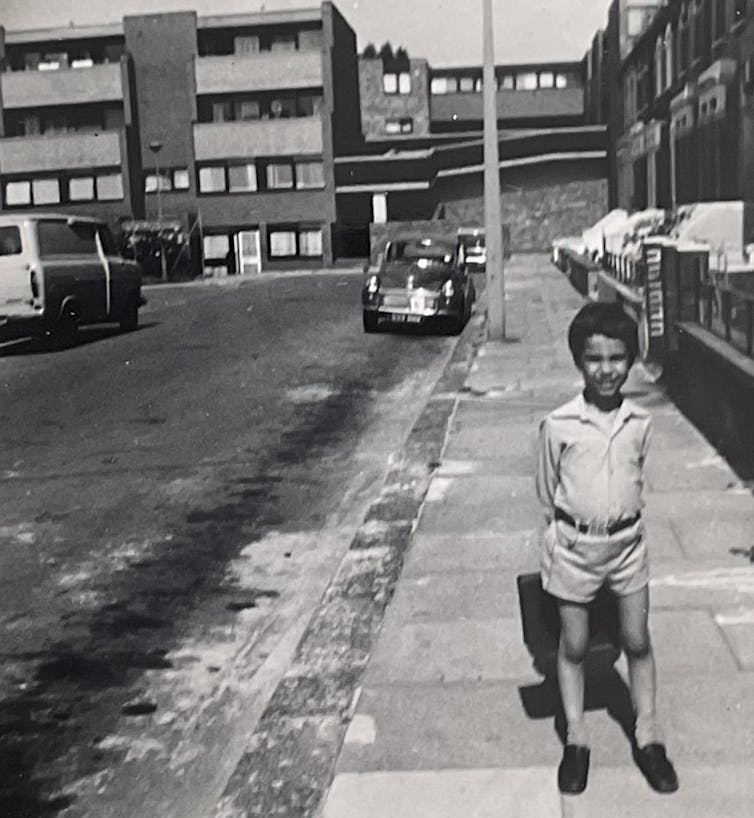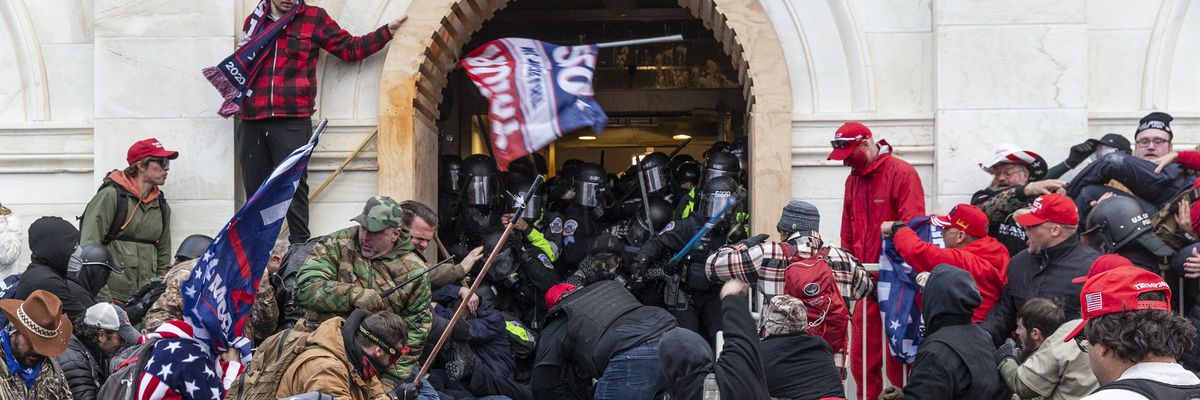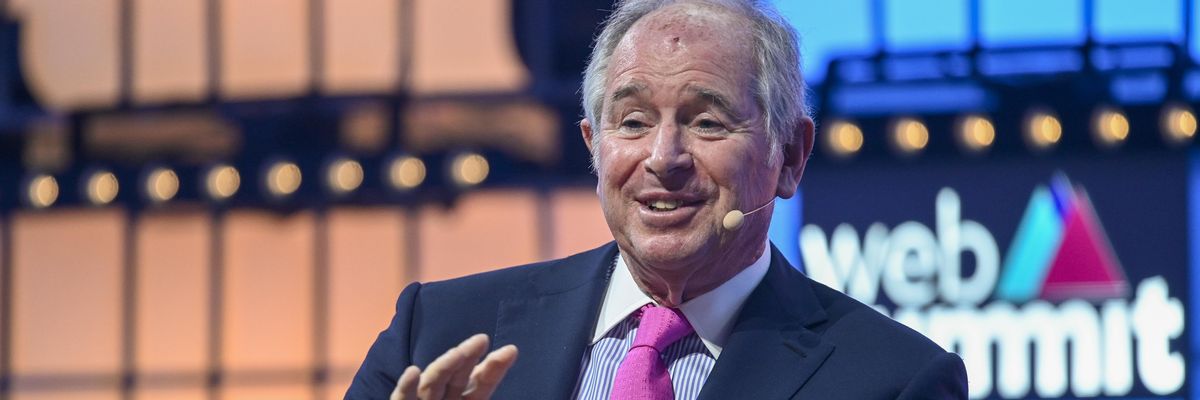
FILE – Steam billows from a coal-fired power plant Nov. 18, 2021, in Craig, Colo. The Supreme Court on Thursday, June 30, 2022, limited how the nation’s main anti-air pollution law can be used to reduce carbon dioxide emissions from power plants. By a 6-3 vote, with conservatives in the majority, the court said that the Clean Air Act does not give the Environmental Protection Agency broad authority to regulate greenhouse gas emissions from power plants that contribute to global warming.
With the Environmental Protection Agency (EPA) releasing tough new carbon emissions standards and the state of West Virginia’s promising a rematch in court, one might think the EPA has gone rogue. It hasn’t.
On April 12, the EPA unveiled new vehicle emissions standards that would mandate auto manufacturers lowering the carbon dioxide emissions from their vehicles to a company-wide average of 82 grams per mile by 2032. Only a month later, the EPA announced new emissions standards for power plants, requiring natural gas plants to capture 90 percent of their emissions by 2035 and coal plants to capture 90 percent by 2030 (unless they have set plans to retire).
West Virginia Attorney General Patrick Morrisey has already expressed a desire to sue the EPA on both rules, setting up the potential for high-profile cases akin to last summer’s West Virginia v. EPA, in which the Supreme Court overturned the Obama-era Clean Power Plan. But unlike the Clean Power Plan, these new emissions standards are right in line with past legal precedents. The EPA neither overreached nor underreached. If the conservative Supreme Court justices were to strike down these new standards, they would be contradicting the very decision they made last summer.
While the EPA’s “toughest rules yet” may sound doomed before the high court, the EPA merely executed its duties under the Clean Air Act. As an executive agency, the EPA does not make new laws. Its job is to enforce existing laws. The Clean Air Act mandates that the EPA establish regulations that protect public health from harmful source air pollutants, as long as there is a “reasonably available control measure,” or technologically and economically feasible way to reduce emissions from that particular pollutant. As such, the EPA must remain on the lookout for new innovations that could efficiently lower air pollution and update its rules accordingly.
The inclusion of carbon dioxide in the EPA’s regulatory scope came about due to the Supreme Court’s 2007 ruling in Massachusetts v. EPA. The Court found that the Clean Air Act required the EPA to regulate carbon dioxide as a climate-warming pollutant. However, economically feasible carbon dioxide regulation presents some challenges, since carbon emissions currently exist across nearly every sector. The EPA can’t just phase out carbon dioxide the way it might for a more obscure harmful pollutant — it has to carefully interpret the Clean Air Act to determine its precise obligation in the much larger space of climate policy.
This is where last summer’s Supreme Court decision in West Virginia v. EPA provided further clarity. In the 2015 Clean Power Plan, the EPA attempted to regulate the entire electric grid as if it were one source of carbon emissions, proposing a strategy called “generation shifting” whereby the electric grid would shut down coal and gas plants and shift toward solar and wind farms. While such a transition would prove beneficial to the climate, the Supreme Court found that the Clean Air Act did not give the EPA the authority to regulate power plants out of existence. The Clean Air Act instructs them to regulate emissions at each source, not across the entire electric grid.
Following the West Virginia v. EPA verdict, the agency has meticulously worked within the court’s guidelines. It has concentrated on “regulating emissions at the source” — tailpipes, power plants, etc. The new rules are technology-neutral, recommending ideas such as electric vehicles, carbon capture and storage, and green hydrogen, while allowing companies to make their own decisions. In addition, the EPA projects over $1 trillion in economic benefits from the tailpipe rule and $64 to 85 billion in economic benefits from the power plant rule.
Of course, these regulations have their flaws. The standards are quite restrictive, may be difficult for some companies to meet and would require the use of technologies that are not yet developed at the necessary scale. And anytime an agency issues a regulation, a future president can repeal it and replace it with their own version, leaving these standards vulnerable. Since decarbonization will take decades to achieve, it is worrisome to rely too heavily on policies without broad, bipartisan support.
But the EPA doesn’t have the power to impose taxes, invest in new technologies, or create new innovative approaches to climate legislation. Its job is to enforce the Clean Air Act. The court rulings on Massachusetts v. EPA and West Virginia v. EPA,coupled with rapid technological developments, resulted in the EPA having a mandate to create standards in line with the ones recently proposed.
If the agency didn’t do that, it could have faced trouble as well. Massachusetts v. EPA arose specifically because the EPA was neglecting to regulate carbon emissions. And after proposing the far less stringent Affordable Clean Energy Rule in 2019, an appeals court vacated the law in 2021, stating that the agency fundamentally misunderstood the Clean Air Act. It is quite literally against the law for the EPA to refuse to make these standards or make them more relaxed than the Clean Air Act intended.Feehery: The limits of bipartisanshipPress: Doom for Don: Trump is political toast after indictment
Some experts have suggested that, rather than questioning the EPA’s authority under the Clean Air Act, a legal challenger could argue that these clean energy and transportation technologies are “unproven.” But none of the questions surrounding these technologies are substantial enough to strike down the new standards. In fact, leading auto manufacturers such as Ford and GM have voluntarily set ambitious targets to transition to electric vehicles; natural gas giants such as ExxonMobil, Chevron and ConocoPhillips have made large investments in carbon capture; and coal company Peabody Energy touts carbon capture as a “win-win” solution. Energy and auto companies already support the technologies necessary to fulfill the EPA’s requirements. Challenging these technologies’ feasibility in court would run completely counter to the industries’ own behavior.
While some observers have caused a stir by branding the EPA as a history-defying trailblazer marking new territory for the climate movement, in reality these new standards are nothing more than an agency doing its job. That’s remarkable — even exciting — in the sense that clean energy and electric vehicles have become economically feasible to the point of prompting these stringent emissions rules. But the standards themselves align with the law and clearly follow last summer’s decision in West Virginia v. EPA. If the six justices who signed the West Virginia decision last summer still believe in their verdict, the EPA should have no problem fending off a challenge and getting back to work.
Ethan Brown, a writer and commentator for Young Voices, is the creator and host of The Sweaty Penguin, an award-winning comedy climate program presented by PBS/WNET’s national climate initiative “Peril and Promise.” Follow him on Twitter @ethanbrown5151.














